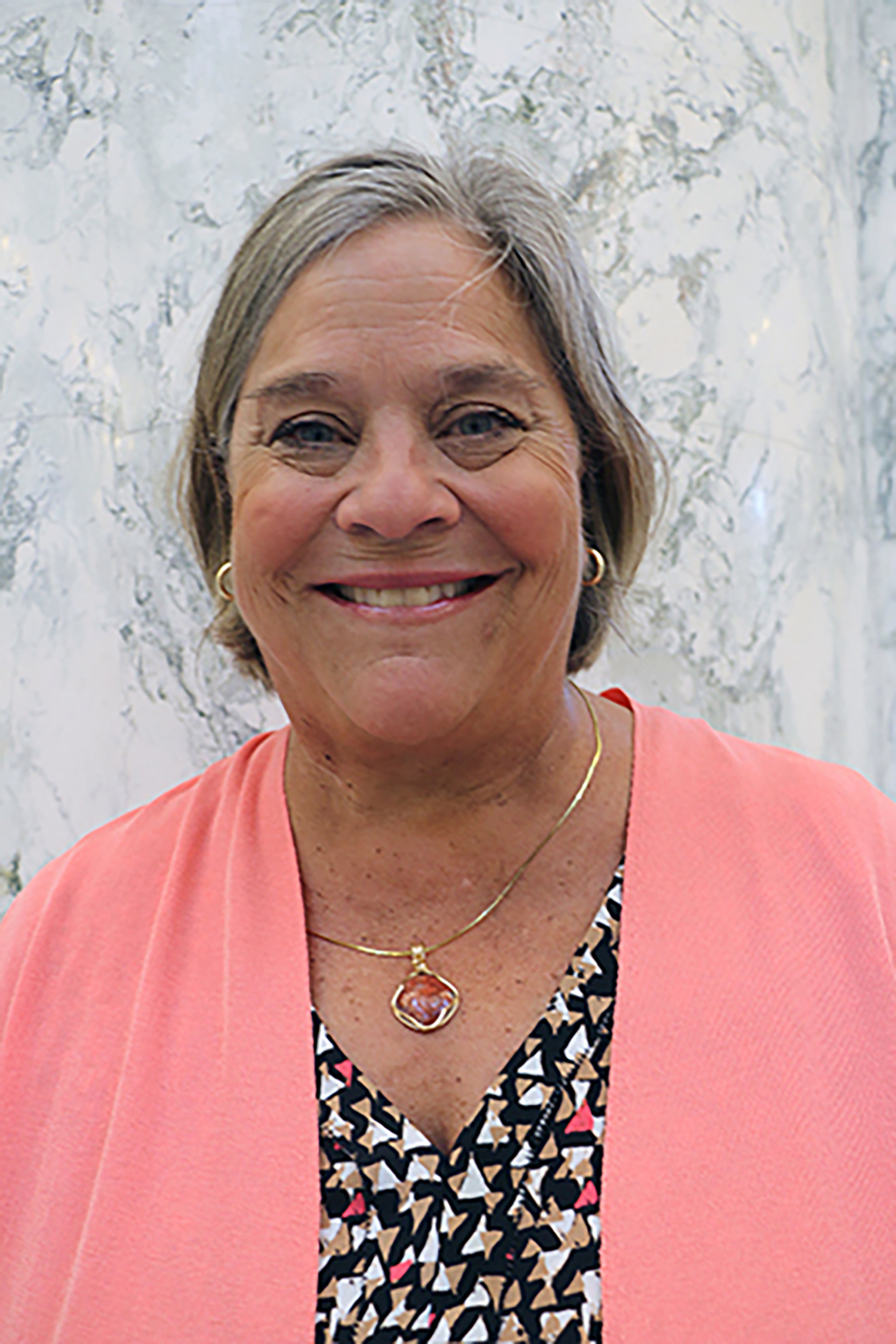Come out of your bunkers, Washington leaders
Guest Editorial: Another Newspaper’s Opinion
This editorial was published by the News Tribune of Tacoma.
———
Washington K-12 students are learning in person again. People of all ages are gathering safely in offices, restaurants, museums and other public places. Rising rates of COVID-19 vaccinations and falling rates of illness, hospitalization and death have allowed a gradual return to semi-normal routines.
Meantime, most public officials in Washington — including the Legislature — continue to “meet” from the comfort of homes, private offices or other remote sites, their contact with constituents filtered through computer screens and Zoom links. Locally, the Pierce County Council and most city councils, including Tacoma, keep apart from each other and those they’re elected to serve.
This isn’t what was envisioned at the dawn of Washington’s government accountability movement 50 years ago, when our state adopted the Open Public Meetings Act.
Then again, a contagion that would kill more than 5,000 Washingtonians and 500 Pierce County residents wasn’t foreseen in 1971 — nor was technology available to conduct business virtually.
Make no mistake: Digital technology has been a godsend for people all over the state this past year, and remote testimony should continue when coronavirus is tamed. But it’s not the same as looking your elected leader directly in the eye while occupying the same room, any more than a Zoom chat with your family this Sunday can substitute for a traditional Easter get-together.
When is the right time for elected leaders to re-engage with constituents and each other face to face, unfiltered?
The sooner, the better — with all the proven virus precautions enforced.
April 19 seems like a reasonable target date, barring any large surge in COVID-19 cases; that’s Gov. Jay Inslee’s deadline for all Washington schools to resume in-person instruction at least two days a week at all grade levels. For elected officials to keep sheltering in place while teachers and students go back to classrooms wouldn’t be good optics.
Inslee’s public-venues proclamation allows officials to resume meeting in person with capacity limits, social distancing and face coverings. Remote attendance must still be offered for those not ready to meet in person.
Some Pierce County governments, mostly school boards, have already returned to meeting in person. Last weekend Lakewood City Hall was opened for the first time in a year, as residents were invited to attend the city council’s annual goal-setting retreat.
Some Washington governments got off to a rocky start. In southwest Washington, the city of Woodland was fined by state regulators this month because council members failed to wear face coverings during meetings. On March 19, Peninsula School Board Vice President David Olson went maskless during a special meeting where the board voted for a new superintendent. (Olson did wear a mask for last week’s regular board meeting.)
Lapses like these are unfortunate but correctible; they shouldn’t prevent normal open government protocols from resuming around the state.
The Legislature, now in the homestretch of its 2021 session, sets the tone for the rest of Washington. But this year both chambers have been largely empty, except for a handful of staff members and a presiding lawmaker on the rostrum up front.
“It’s not good to normalize doing things distantly,” House Minority Leader J.T. Wilcox, R-Yelm, told us in a recent call. “That could become the default. I’m willing to put lines of tape on the floor or whatever’s necessary.”
While remote testimony has been good for people in rural districts like his, Wilcox said Democrat committee chairs can more easily shut down voices they don’t want to hear during virtual hearings; he says he’s seen more misuse of the gavel this year.
House Speaker Laurie Jinkins, D-Tacoma, said legislative leaders will keep options open but called claims of reduced public access during the pandemic “a bit of a red herring.”
“All our floor action is streamed on TVW, gavel to gavel, and people can watch from home or on their phones or other devices from wherever they are,” Jinkins told us by email.
Two neighbor states offer a cautionary tale of reopening too fast, Jinkins said. Positive COVID-19 tests in the Oregon and Idaho legislatures have resulted in floor sessions being halted.
“With 98 members plus staff,” she said, “it is not possible for the House to conduct fully in-person operations in a way that protects the health of members, staff and the public.”
Indeed, fully in-person House and Senate operations would present unacceptable risks right now. But we’d like to see leaders make a down payment on a return to traditional open government principles; perhaps some visitors could be allowed in viewing galleries or a few more legislators on the floor during climactic end-of-session votes.
And next time they “meet,” we hope to see all hands on deck in Olympia, with no chain-link fences rimming the Statehouse — and Washington residents welcome to fully participate in up-close-and-personal democracy.








